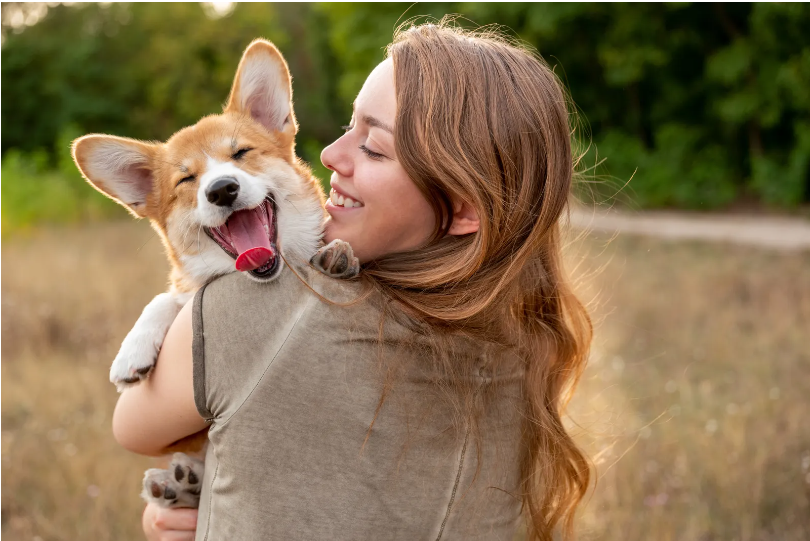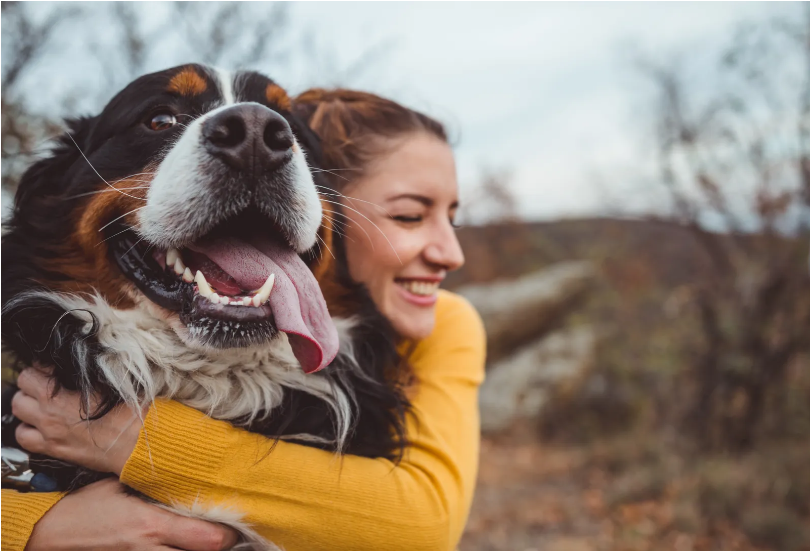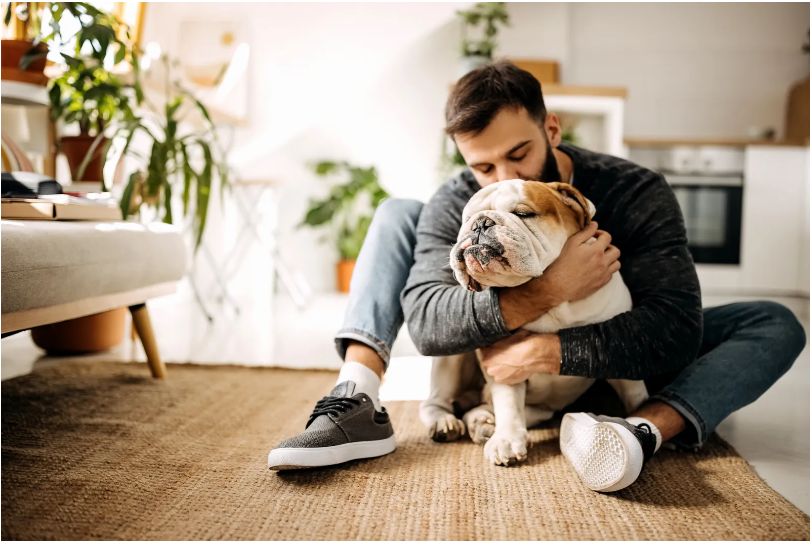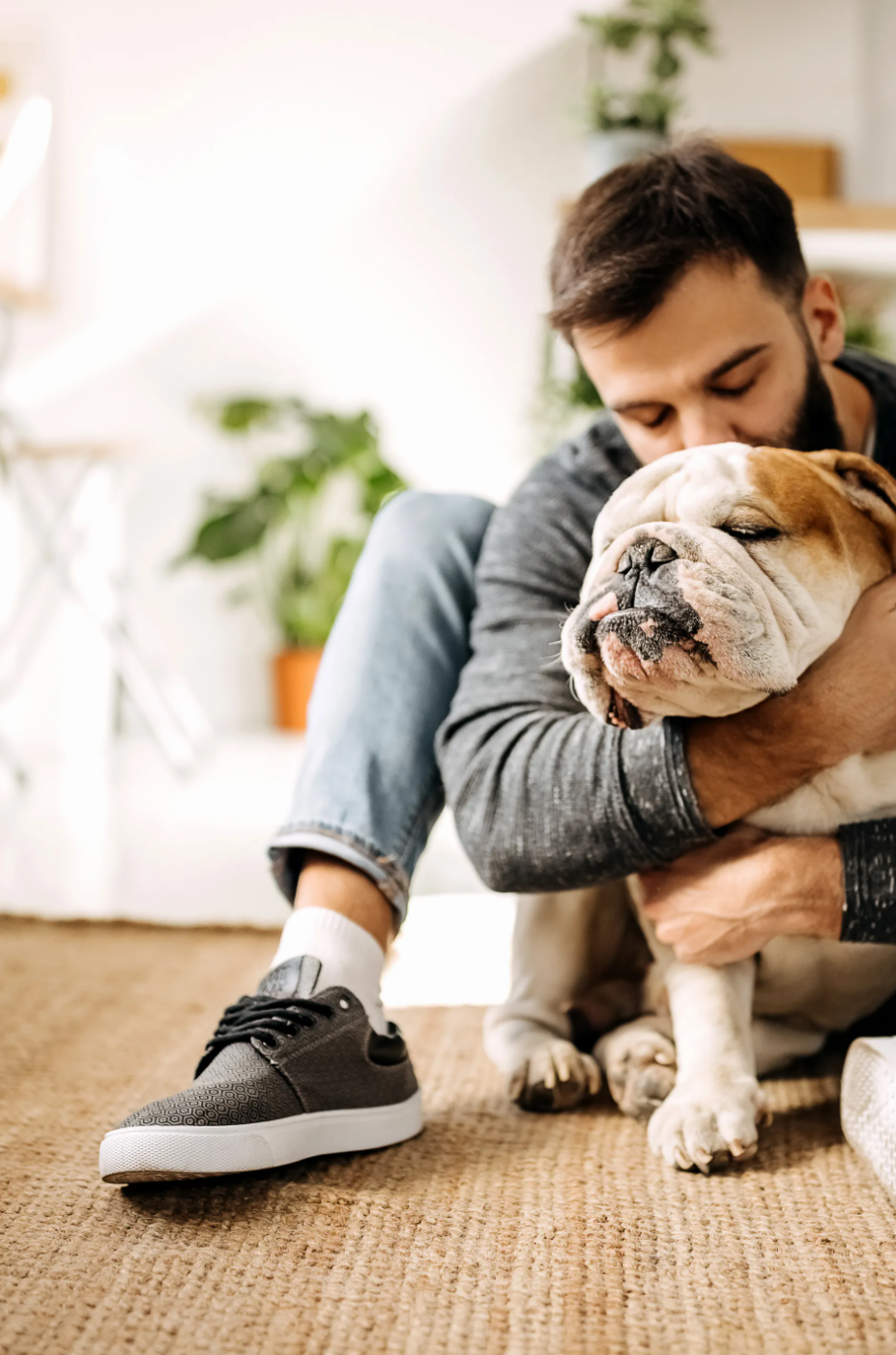Step into the counseling room of Taiwanese psychotherapist Lin Cuifen, and you’ll quickly notice that she looks far beyond romantic drama or family squabbles. Instead, she often asks her clients a surprising question: “How do you treat your pet?”
In her book Reading People Through Habits, Lin argues that the way someone interacts with their pet offers a clear window into their emotional patterns, attachment style, and hidden wounds. Pets, she says, aren’t just companions—they are mirrors. They quietly reflect the parts of us we often keep buried: our need for comfort, our desire for control, our longing to be needed, and even our unspoken anger.
Some people seek unconditional affection from pets. Others unconsciously project frustration, dominance, or unresolved trauma onto them. On the surface, they may look like gentle caretakers or affectionate partners, but beneath the surface, a very different emotional script might be playing out.

Pets as Emotional Substitutes
In modern cities, where human relationships can feel strained, pets often become stand-ins for closeness. Lin notes that the higher a person’s emotional dependence on their pet, the more vulnerable they are to intense separation anxiety when that pet becomes sick or passes away.
Many pet owners refer to their animals as their “fur babies.” But Lin points out that what looks like love and care—grooming, arranging doggy playdates, hiring walkers or pet sitters—may in fact be a projection of unmet needs: the desire to be needed, to be relied upon, and to be loved back unconditionally.
This pattern often corresponds to what psychologists call an anxious attachment style—individuals who give everything in relationships but, driven by insecurity, may slip into control or emotional blackmail when they fear rejection.
“The Way He Treats His Dog Is the Way He Treats His Partner”
Lin recalls a disturbing incident that underscored her theory. A polite, mild-mannered acquaintance once lost his temper with a stray puppy that had fallen into a river. Instead of helping, he stomped and shouted to frighten the dog. When the terrified puppy lost control of its bladder, the man felt a strange rush of satisfaction.

For Lin, it was a chilling reminder: aggression toward pets often signals deeper emotional repression. Psychology calls this downward projection—venting anger and helplessness on weaker targets. Someone who never complains at work or in public may explode behind closed doors, targeting pets, children, or romantic partners.
The DSM-5 (the psychiatric diagnostic manual) even lists deliberate cruelty toward animals after age six as a potential indicator of disorders such as intermittent explosive disorder or conduct disorder—conditions linked to future domestic violence if left unaddressed.
What Your Choice of Pet Says About You
Lin has also mapped out fascinating patterns between pet preference and relationship style:
- Low-interaction pets (fish, turtles): Owners who value independence and personal space. They are often calm, orderly, and uncomfortable with too much physical closeness.
- Dogs and cats: Those who crave touch, affection, and playful interaction. They tend to be expressive, nurturing, and quick to form attachments.
- Designer breeds or status-symbol pets: For some, a purebred French bulldog or rare cat isn’t just a pet—it’s a lifestyle accessory. These owners may prize appearances and external validation in relationships, sometimes at the expense of emotional intimacy.
- Rescue animals: Compassionate and empathetic, these individuals often identify with the pet’s wounds. While nurturing, they may struggle to set boundaries, sacrificing their own needs for others.
- Aggressive breeds (guard dogs, “attack” pets): When owners glorify hostility—posting warning signs, encouraging aggression—it may reveal mistrust of people, social alienation, or unresolved anger.

The Thin Line Between Tenderness and Control
Some owners demand extraordinary gentleness from veterinarians—insisting on extra cuddles or soft tones—because they expect the same level of emotional sensitivity from partners. But as Lin warns, if someone cannot regulate their own emotions, the tenderness they display may flip into extreme reactions under stress.
She recounts a chilling story of a woman who endured years of domestic abuse. Only later did she learn that her husband had once broken a bone in his dog from beating it. “If we had recognized the warning in how he treated animals,” Lin reflects, “her fate might have been very different.”
Pets as the Clearest Test of Character
Research has long shown that interacting with pets can reduce stress, improve mood, and increase self-esteem. But Lin emphasizes that healthy love is reciprocal. When care for a pet becomes a one-sided outlet for unresolved needs—or worse, an avenue for aggression—it’s no longer love but projection.
So, if you’re wondering whether someone will be kind, trustworthy, or patient in a relationship, don’t just listen to their words. Watch how they feed their dog, discipline their cat, or comfort a frightened animal.
Because, as Lin says: “A pet may look ordinary, but it reveals the most unfiltered portrait of who a person truly is.”
